Meaningful physical education programs and a 'main theme' curriculum model
Learning Through Sport
JANUARY 31, 2025
This question is deeply connected to the question , What is important to learn in physical education in the time available (and to what standard or level of competence) to enable students to continue to pursue being physically active beyond the school gates? Physical activity and fitness orientated physical education.

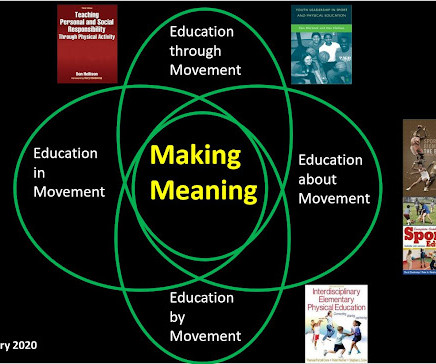


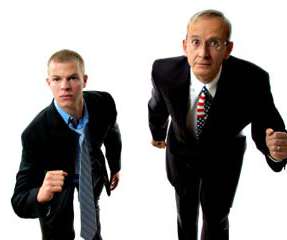



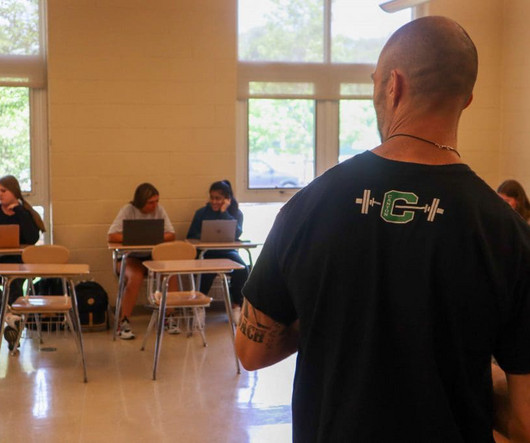

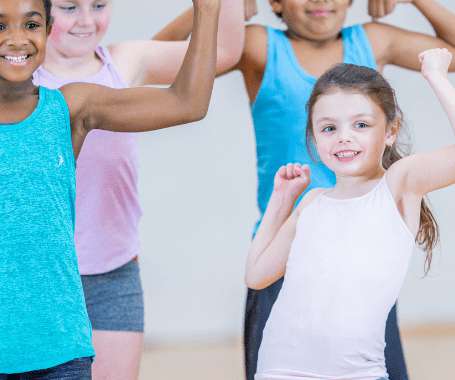
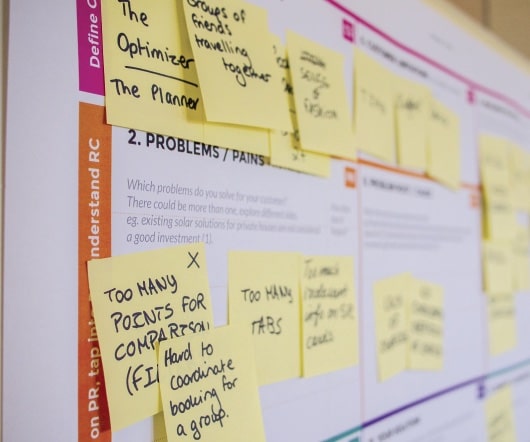

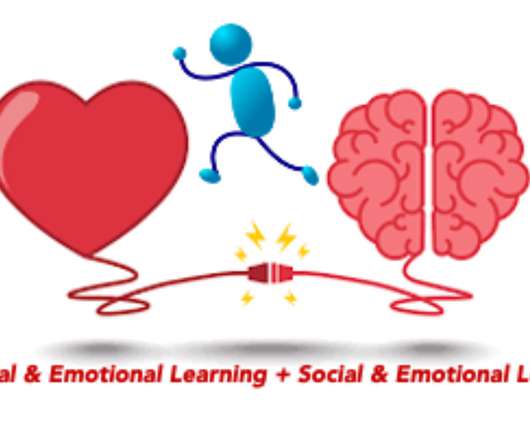

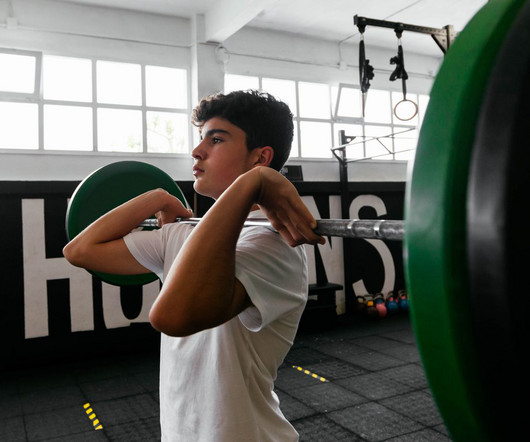
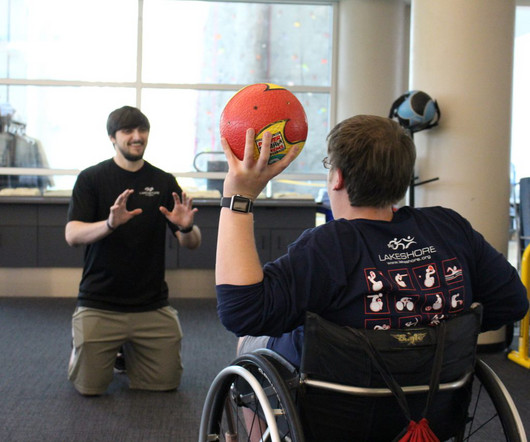
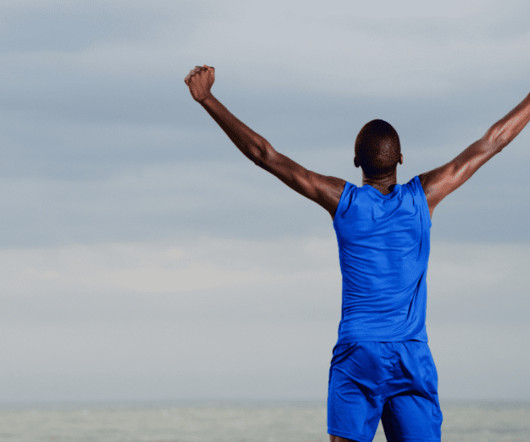
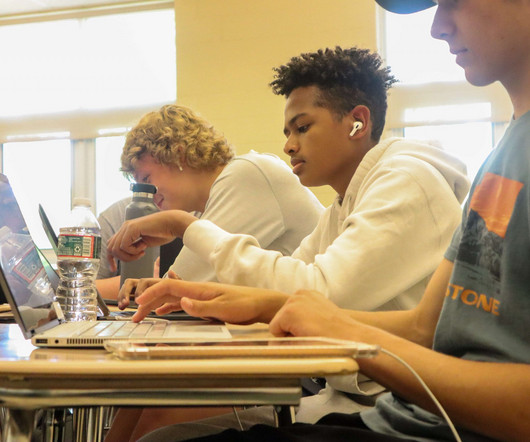









Let's personalize your content